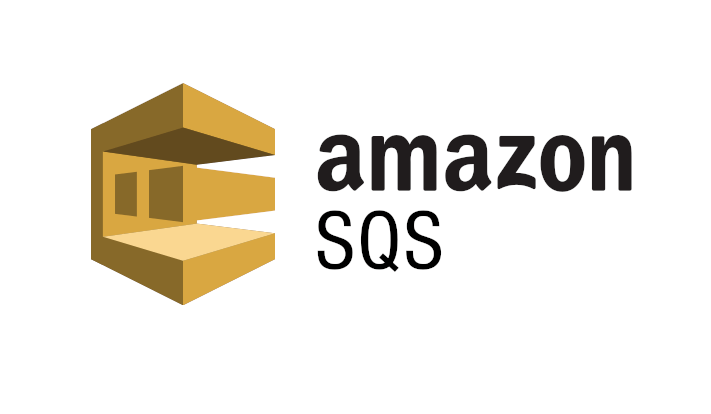How to Use Amazon SQS in AWS ?
 Sumit Mondal
Sumit Mondal
Introduction:
Amazon Simple Queue Service (SQS) is a fully managed message queuing service provided by Amazon Web Services (AWS). It allows you to decouple the components of a cloud application, making it easier to scale and maintain. In this blog post, we'll walk you through the basics of using Amazon SQS in AWS in a simple and easy-to-understand way.
Step 1: Setting Up Your AWS Account
Before you can start using Amazon SQS, you need to have an AWS account. If you don't have one, sign up for an account on the AWS website. Once your account is set up, log in to the AWS Management Console.
Step 2: Navigating to SQS
In the AWS Management Console, locate the "Services" dropdown in the top left corner.
Under the "Application Integration" section, click on "Simple Queue Service (SQS)."
Step 3: Creating a Queue
In the SQS dashboard, click on the "Create Queue" button.
Give your queue a name and configure other settings such as message retention period and visibility timeout.
Click "Create Queue" to finish the setup.
Step 4: Sending a Message to the Queue
Select the newly created queue from the list.
In the "Queue Actions" dropdown, choose "Send a Message."
Enter your message content and click "Send Message."
Step 5: Receiving Messages from the Queue
Select the queue again.
In the "Queue Actions" dropdown, choose "Poll for Messages."
You can now see the messages in the queue. Click on a message to view its details.
Step 6: Integrating SQS into Your Application
Now that you've successfully created a queue and sent/received messages, let's integrate SQS into a simple application.
Use the AWS SDK for your preferred programming language (e.g., Python, Java, Node.js) to interact with SQS.
Install the SDK and configure it with your AWS credentials.
Write code to send messages to the queue and receive messages from the queue.
Step 7: Monitoring and Managing SQS
In the SQS dashboard, you can monitor your queue's activity using various metrics and charts.
Set up CloudWatch Alarms to receive notifications based on specific SQS metrics.
Adjust queue settings, such as visibility timeout or message retention, as needed.
Conclusion:
Congratulations! You've now learned the basics of using Amazon SQS in AWS. By following these simple steps, you can integrate SQS into your applications, allowing for reliable and scalable message communication between different components. As you become more familiar with SQS, explore advanced features and integrations to make the most out of this powerful AWS service. Happy coding!
Subscribe to my newsletter
Read articles from Sumit Mondal directly inside your inbox. Subscribe to the newsletter, and don't miss out.
Written by

Sumit Mondal
Sumit Mondal
Hello Hashnode Community! I'm Sumit Mondal, your friendly neighborhood DevOps Engineer on a mission to elevate the world of software development and operations! Join me on Hashnode, and let's code, deploy, and innovate our way to success! Together, we'll shape the future of DevOps one commit at a time. #DevOps #Automation #ContinuousDelivery #HashnodeHero